Get it now in our marketplace
|
|---|
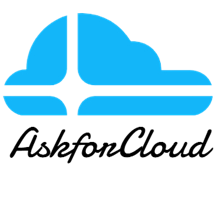 |
.NET on CentOS Stream 8: This offer from AskforCloud provides .NET on CentOS Stream 8. .NET is an open-source developer platform created by Microsoft. With .NET, you can use multiple languages, editors, and libraries to build for the web, for mobile devices, for IoT, or for other uses. You can write .NET apps in C#, F#, or Visual Basic. |
 |
.NET on Debian 10: This offer from AskforCloud provides .NET on Debian 10. .NET is an open-source developer platform created by Microsoft. With .NET, you can use multiple languages, editors, and libraries to build for the web, for mobile devices, for IoT, or for other uses. You can write .NET apps in C#, F#, or Visual Basic.
|
 |
.NET on Debian 11: This offer from AskforCloud provides .NET on Debian 11. .NET is an open-source developer platform created by Microsoft. With .NET, you can use multiple languages, editors, and libraries to build for the web, for mobile devices, for IoT, or for other uses. You can write .NET apps in C#, F#, or Visual Basic. |
 |
.NET on openSUSE 15: This offer from AskforCloud provides .NET on openSUSE 15. .NET is an open-source developer platform created by Microsoft. With .NET, you can use multiple languages, editors, and libraries to build for the web, for mobile devices, for IoT, or for other uses. You can write .NET apps in C#, F#, or Visual Basic.
|
 |
.NET on Red Hat Enterprise Linux 7: This offer from AskforCloud provides .NET on Red Hat Enterprise Linux 7. .NET is an open-source developer platform created by Microsoft. With .NET, you can use multiple languages, editors, and libraries to build for the web, for mobile devices, for IoT, or for other uses. You can write .NET apps in C#, F#, or Visual Basic.
|
 |
.NET on Red Hat Enterprise Linux 9: This offer from AskforCloud provides .NET on Red Hat Enterprise Linux 9. .NET is an open-source developer platform created by Microsoft. With .NET, you can use multiple languages, editors, and libraries to build for the web, for mobile devices, for IoT, or for other uses. You can write .NET apps in C#, F#, or Visual Basic.
|
 |
.NET on SUSE Enterprise Linux 12: This offer from AskforCloud provides .NET on SUSE Enterprise Linux 12. .NET is an open-source developer platform created by Microsoft. With .NET, you can use multiple languages, editors, and libraries to build for the web, for mobile devices, for IoT, or for other uses. You can write .NET apps in C#, F#, or Visual Basic.
|
 |
.NET on SUSE Enterprise Linux 15: This offer from AskforCloud provides .NET on SUSE Enterprise Linux 15. .NET is an open-source developer platform created by Microsoft. With .NET, you can use multiple languages, editors, and libraries to build for the web, for mobile devices, for IoT, or for other uses. You can write .NET apps in C#, F#, or Visual Basic.
|
 |
.NET on Ubuntu Server 18.04 LTS: This offer from AskforCloud provides .NET on Ubuntu Server 18.04 LTS. .NET is an open-source developer platform created by Microsoft. With .NET, you can use multiple languages, editors, and libraries to build for the web, for mobile devices, for IoT, or for other uses. You can write .NET apps in C#, F#, or Visual Basic.
|
 |
.NET on Ubuntu Server 20.04 LTS: This offer from AskforCloud provides .NET on Ubuntu Server 20.04 LTS. .NET is an open-source developer platform created by Microsoft. With .NET, you can use multiple languages, editors, and libraries to build for the web, for mobile devices, for IoT, or for other uses. You can write .NET apps in C#, F#, or Visual Basic.
|
 |
.NET on Ubuntu Server 22.04 LTS: This offer from AskforCloud provides .NET on Ubuntu Server 22.04 LTS. .NET is an open-source developer platform created by Microsoft. With .NET, you can use multiple languages, editors, and libraries to build for the web, for mobile devices, for IoT, or for other uses. You can write .NET apps in C#, F#, or Visual Basic.
|
 |
.NET on Windows Server 2012 R2: This offer from AskforCloud provides .NET on Windows Server 2012 R2. .NET is an open-source developer platform created by Microsoft. With .NET, you can use multiple languages, editors, and libraries to build for the web, for mobile devices, for IoT, or for other uses. You can write .NET apps in C#, F#, or Visual Basic.
|
 |
.NET on Windows Server 2016: This offer from AskforCloud provides .NET on Windows Server 2016. .NET is an open-source developer platform created by Microsoft. With .NET, you can use multiple languages, editors, and libraries to build for the web, for mobile devices, for IoT, or for other uses. You can write .NET apps in C#, F#, or Visual Basic.
|
 |
.NET on Windows Server 2022: This offer from AskforCloud provides .NET on Windows Server 2022. .NET is an open-source developer platform created by Microsoft. With .NET, you can use multiple languages, editors, and libraries to build for the web, for mobile devices, for IoT, or for other uses. You can write .NET apps in C#, F#, or Visual Basic.
|
 |
.NET SDK on Debian 10: This offer from AskforCloud provides a .NET software development kit (SDK) on Debian 10. The kit includes everything you need to build and run .NET applications. .NET is an open-source developer platform created by Microsoft.
|
 |
.NET SDK on Debian 11: This offer from AskforCloud provides a .NET software development kit (SDK) on Debian 11. The kit includes everything you need to build and run .NET applications. .NET is an open-source developer platform created by Microsoft.
|
 |
.NET SDK on openSUSE 15: This offer from AskforCloud provides a .NET software development kit (SDK) on openSUSE 15. The kit includes everything you need to build and run .NET applications. .NET is an open-source developer platform created by Microsoft.
|
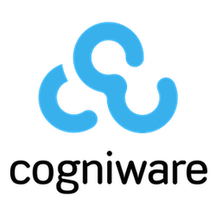 |
AI Signature Recognition: AI Signature Recognition from Cogniware uses algorithms and computer vision to verify the authenticity of signatures. Easily verify thousands of paper-based customer signatures. A demo version and a full version are available. The full version include automatic processing of photos and an implementation in your environment.
|
 |
AllegroGraph 7.3.0: AllegroGraph is a multi-modal graph and document database that supplies foundational structure for scalable enterprise knowledge graphs. Thanks to its database security, AllegroGraph is fit for HIPAA access controls, privacy rules for banks, and security models for policing, intelligence, and government.
|
 |
Azure CLI on Red Hat Enterprise Linux 9: This offer from AskforCloud provides the Azure Command-Line Interface (CLI) on Red Hat Enterprise Linux 9. The cross-platform tool allows you to connect to Azure and execute administrative commands through a terminal using interactive command-line prompts or a script.
|
 |
Azure CLI on Windows Server 2012 R2: This offer from AskforCloud provides the Azure Command-Line Interface (CLI) on Windows Server 2012 R2. The cross-platform tool allows you to connect to Azure and execute administrative commands through a terminal using interactive command-line prompts or a script.
|
 |
Azure CLI on Windows Server 2016: This offer from AskforCloud provides the Azure Command-Line Interface (CLI) on Windows Server 2016. The cross-platform tool allows you to connect to Azure and execute administrative commands through a terminal using interactive command-line prompts or a script.
|
 |
Azure CLI on Windows Server 2019: This offer from AskforCloud provides the Azure Command-Line Interface (CLI) on Windows Server 2019. The cross-platform tool allows you to connect to Azure and execute administrative commands through a terminal using interactive command-line prompts or a script.
|
 |
Azure CLI on Windows Server 2022: This offer from AskforCloud provides the Azure Command-Line Interface (CLI) on Windows Server 2022. The cross-platform tool allows you to connect to Azure and execute administrative commands through a terminal using interactive command-line prompts or a script.
|
 |
Azure Virtual Desktop on Ubuntu 22.04 for Developers: This offer from Ntegral provides Ubuntu 22.04 on a Microsoft Azure virtual machine. The desktop image comes preconfigured with Visual Studio Code, Git, and LibreOffice, an open-source office suite that’s compatible with Microsoft Office.
|
 |
Cassandra on Debian 10: This offer from AskforCloud provides Apache Cassandra on Debian 10. Cassandra is an open-source NoSQL distributed database trusted by thousands of companies for scalability and high availability. Cassandra enables developers to scale their databases dynamically, using off-the-shelf hardware, with no downtime.
|
 |
Cassandra on Debian 11: This offer from AskforCloud provides Apache Cassandra on Debian 11. Cassandra is an open-source NoSQL distributed database trusted by thousands of companies for scalability and high availability. Cassandra enables developers to scale their databases dynamically, using off-the-shelf hardware, with no downtime.
|
 |
Confidencial Encryption Technology: Confidencial’s selective encryption technology allows you to embed protected content within your Office documents and Microsoft Teams messages that’s viewable only by the individuals or groups you designate. Thus, you could create a document that contains portions visible only to HR, with other portions visible only to your legal department.
|
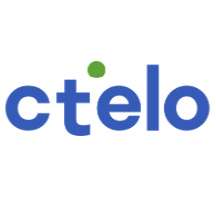 |
Ctelo Office Connect for Microsoft Teams: Ctelo Office Connect is an add-on to Ctelo Business Phone that connects offices based in countries with strict telecom regulations. This makes it possible to deploy a global telephony solution based on Microsoft Teams.
|
 |
Ctelo Voice Channel for Microsoft Dynamics: Ctelo Voice Channel for Dynamics 365 Customer Service enables representatives to resolve customer service issues via phone. Part of the Ctelo Business Phone offering, Ctelo Voice Channel makes it possible to use the existing company telecom contract and phone numbers in both Microsoft Teams and Microsoft Dynamics.
|
 |
Docker on AlmaLinux 8: This offer from AskforCloud provides Docker Community Engine on AlmaLinux 8. Docker is a platform that enables developers and system administrators to build, run, and share applications with containers.
|
 |
Docker on AlmaLinux 9: This offer from AskforCloud provides Docker Community Engine on AlmaLinux 9. Docker is a platform that enables developers and system administrators to build, run, and share applications with containers.
|
 |
Docker on Oracle Linux 8: This offer from AskforCloud provides Docker Community Engine on Oracle Linux 8. Docker is a platform that enables developers and system administrators to build, run, and share applications with containers.
|
 |
Docker on Rocky Linux 8: This offer from AskforCloud provides Docker Community Engine on Rocky Linux 8. Docker is a platform that enables developers and system administrators to build, run, and share applications with containers.
|
 |
Docker on Ubuntu 22.04: This offer from AskforCloud provides Docker Community Engine on Ubuntu 22.04. Docker is a platform that enables developers and system administrators to build, run, and share applications with containers.
|
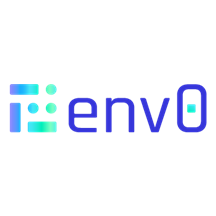 |
env0 Pro: DevOps engineers, infrastructure-as-code developers, and site reliability engineers can use env0 to automate Terraform and Terragrunt Git flows, simplify the governance of cloud deployments, and manage the provisioning of teams, users, and environments.
|
 |
Fedora 36 Desktop: This offer from Ntegral provides Fedora 36 on a Microsoft Azure virtual machine. The desktop image comes preconfigured with Visual Studio Code, Git, and LibreOffice, an open-source office suite that’s compatible with Microsoft Office.
|
 |
Foxit eSign: Foxit eSign, an electronic signature tool, lets you quickly and easily prepare, send, sign, and track legally binding documents and agreements. Foxit eSign also can automate workflows. When you add Foxit eSign to Microsoft 365 and SharePoint, you can maximize document completion within your standard workflows.
|
 |
Locust, Packaged by Data Science Dojo: This offer from Data Science Dojo provides Locust on Ubuntu 20.04. Locust is an open-source load-testing framework for web apps. It’s based on Python and is used for quality assurance processes. Through Locust, web testers can determine the potential of a website to withstand a number of concurrent users.
|
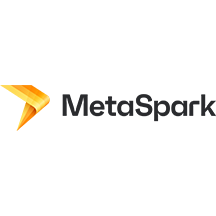 |
MetaSpark: Useful for project management, IT support, customer relationship management, or onboarding, MetaSpark consolidates tasks in one unified workspace. As teams deliver on their work, they can be recognized and rewarded based on company goals.
|
 |
Oracle 8.5 Minimal: This offer from Art Group provides an image of Oracle 8.5 built with a minimal profile. It contains just enough packages to run Oracle 8.5 within Microsoft Azure, bring up an SSH Server, and allow users to log in. Integrated cloud tools and technologies simplify infrastructure deployment.
|
 |
PULSE: Delivery deadlines are getting tighter for all storytellers, whether you’re a studio or a production company. By using PULSE, production teams and vendors will benefit from automation tools, a central storage location, and a collaborative workspace. Pull, transcode, and deliver production content to all your creative teams without data wrangling or manual file transfers.
|
 |
Red Hat Enterprise Linux 8.6 Desktop: This offer from Ntegral provides Red Hat Enterprise Linux 8.6 on a Microsoft Azure virtual machine. The desktop image comes preconfigured with an RDP-based remote desktop environment and LibreOffice, an open-source office suite that’s compatible with Microsoft Office.
|
 |
Rocky Linux 9 Desktop “Blue Onyx”: This offer from Ntegral provides Rocky Linux 9 on a Microsoft Azure virtual machine. The desktop image comes preconfigured with an RDP-based remote desktop environment and LibreOffice, an open-source office suite that’s compatible with Microsoft Office.
|
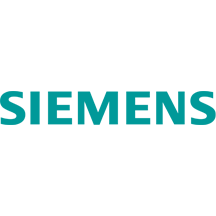 |
Siemens NX: Siemens NX on Microsoft Azure lets you run your CAD tools on the cloud. NX is built on a flexible and extensible architecture, and it supports working from home, from the office, or a remote location with secure and uninterrupted access.
|
 |
Spark on Debian 10: This offer from AskforCloud provides Apache Spark on Debian 10. Apache Spark is an open-source analytics engine for executing data engineering, data science, and machine learning on single-node machines or clusters. It supplies high-level APIs in Java, Scala, Python, and R, along with an optimized engine that supports general execution graphs.
|
 |
Spark on Debian 11: This offer from AskforCloud provides Apache Spark on Debian 11. Apache Spark is an open-source analytics engine for executing data engineering, data science, and machine learning on single-node machines or clusters. It supplies high-level APIs in Java, Scala, Python, and R, along with an optimized engine that supports general execution graphs.
|
 |
Spark on Ubuntu Server 18.04 LTS: This offer from AskforCloud provides Apache Spark on Ubuntu Server 18.04 LTS. Apache Spark is an open-source analytics engine for executing data engineering, data science, and machine learning on single-node machines or clusters. It supplies high-level APIs in Java, Scala, Python, and R, along with an optimized engine that supports general execution graphs.
|
 |
Spark on Ubuntu Server 22.04 LTS: This offer from AskforCloud provides Apache Spark on Ubuntu Server 22.04 LTS. Apache Spark is an open-source analytics engine for executing data engineering, data science, and machine learning on single-node machines or clusters. It supplies high-level APIs in Java, Scala, Python, and R, along with an optimized engine that supports general execution graphs.
|
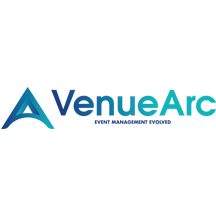 |
VenueArc – Event Management: VenueArc streamlines event and venue management operations to help performing arts professionals increase accessibility, collaboration, productivity, and profitability. It features CRM integration, a contract generator, single sign-on through Azure Active Directory, and a pay-as-you-go model.
|
Go further with workshops, proofs of concept, and implementations
|
|---|
 |
Airport Analytics: 6-Week Proof of Concept: In this proof of concept, Glorious Insight will deliver its airport analytics platform on Microsoft Azure and assist in user adoption to drive successful outcomes. The platform will provide accurate collection of key performance indicators. |
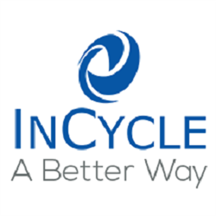 |
App of the Future Greenfield Envisioning & Design: 5-Day Workshop: InCycle’s App of the Future offer provides a Microsoft-funded engagement to quickly envision, prototype, and design an app on Azure. InCycle will conduct a design workshop to uncover your top business objectives, then create a rapid Azure prototype and reference architecture design.
|
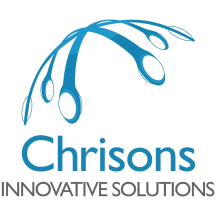 |
Azure Arc Deployment: 1-Day Workshop: In this workshop, Chrisons will demonstrate how to manage, secure, develop, and operate infrastructure, apps, and Azure services. Participants will learn how to centrally manage a wide range of resources, including Windows and Linux servers, SQL Server, Kubernetes clusters, Azure Arc, and other Azure services.
|
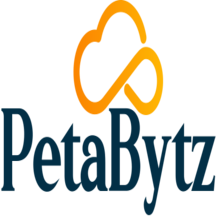 |
Azure Database Migration: 1-Week Implementation: Start your journey to Microsoft Azure with PetaBytz’s migration service. PetaBytz’s team of experts will move your database assets to Azure so you can meet key business demands, such as scale, uptime, security, automation, and data insight innovation.
|
 |
Azure DevOps, GitHub, and DevSecOps Workshops: Achieve a DecSecOps culture in your organization with Azure DevOps and GitHub. Over the course of a few workshops, DevTools will help your team adopt Azure DevOps and GitHub to achieve CI/CD features and application security in a DevSecOps workflow.
|
 |
Azure Optimization: 2-Hour Workshop: This workshop from Cloud Direct will tell you why and how to align your Azure environment to the Microsoft Azure Well-Architected Framework. You’ll be able review your Azure environment for opportunities to reduce spending, increase security, and boost technical performance.
|
 |
Azure Site Recovery Implementation: SVA will set up Azure Site Recovery to keep your applications operational during planned or unexpected outages. Azure Site Recovery provides you with replication, failover, and recovery processes. This offer is available only in German.
|
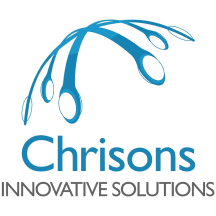 |
Azure Stack HCI: 2-Day Workshop: Chrisons will show you how Azure Stack HCI works and how to implement relevant solutions, such as enabling servers or centralized cloud management. Azure Stack HCI is built to accommodate everything from a small, two-node deployment to a 16-node deployment spread across offices and datacenters around the world.
|
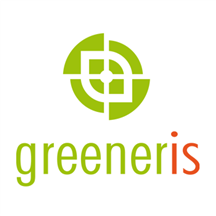 |
Azure Stack HCI: 3-Hour Workshop: This workshop from Greeneris will introduce you to Azure Stack HCI and the benefits it can bring to your organization. Azure Stack HCI is a hyperconverged infrastructure cluster solution that hosts virtualized Windows and Linux workloads and their storage in a hybrid environment that combines on-premises infrastructure with cloud services.
|
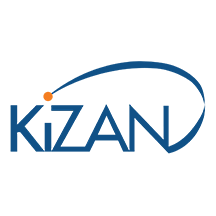 |
Azure Synapse and Power BI: 6-Week Pilot Implementation: KiZAN will deploy a pilot implementation of a modern data platform, provide opportunities to work with Microsoft Power BI and Azure Synapse in your production environment, and develop a plan to assist with a full production deployment of Power BI and Azure Synapse.
|
 |
Azure Virtual Desktop Implementation and Support: TOSYS will set up Azure Virtual Desktop so your company can try it out in small-scale or large-scale production use. Azure Virtual Desktop can be used for telework, regardless of whether the device is a PC or a smartphone. This service is available only in Japanese.
|
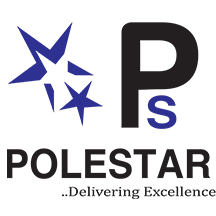 |
CFO Cockpit Package for Financial Analysis: Using Microsoft Power BI, Polestar will create a dashboard that will give you a bird’s-eye view into your company’s financial performance. Analysis typically covers a profit and loss statement, a balance sheet, accounts receivable, accounts payable, and inventory.
|
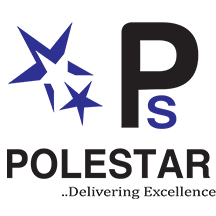 |
Churn Prediction Software Implementation: Using Azure Machine Learning, Polestar can help you identify employees with a greater likelihood of leaving your company. Being aware of the underlying parameters that could be responsible for attrition will give you the flexibility and time to act accordingly.
|
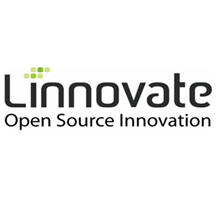 |
CI/CD Pipeline Implementation (5 Weeks): In this implementation, Linnovate will create a continuous integration/continuous delivery (CI/CD) pipeline for a single containerized application in an existing Kubernetes environment using Azure DevOps.
|
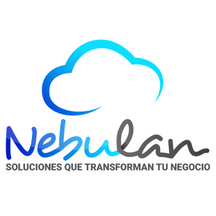 |
Course to Implement Microsoft Sentinel: This course from Nebulan, available in Spanish, will give you practical experience in implementing Microsoft Sentinel. Participants will learn about threat detection, incident management, automation, and workbooks.
|
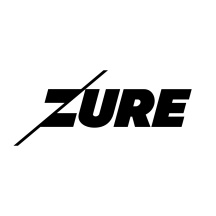 |
Custom Application Development with Azure: Zure’s team will assist your company with application development using Microsoft Azure Platform as a Service technologies, which feature modern architecture choices and DevOps practices. Zure offers concept design services, application development, application support, and everything in between.
|
 |
Implementation of Azure Services: SEIDOR will implement Microsoft Azure services to help your business be more profitable and competitive. You’ll receive business continuity and optimization of systems and applications, investigation of cyber threats, and secure desktop and application delivery from any device and any location.
|
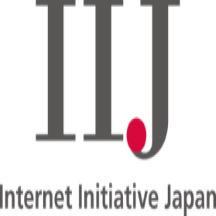 |
IoT Apps Using PaaS: 2-Month Proof of Concept: Internet Initiative Japan Inc. will support customers’ IoT environment development with Azure Platform as a Service, licensing provisions, network functions, and selection of IoT devices. This service is available only in Japanese.
|
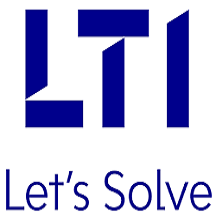 |
LTI Sustainable Smart Spaces: 12-Week Implementation: LTI will implement its connected-building solution, which includes sensors and uses numerous Azure services, so your organization can optimize building performance and align to environmental and sustainability goals.
|
 |
Modern Secure Datacenter: 10-Day Implementation: Abtis specializes in managed security services for medium-sized companies. In this engagement, Abtis will provide cloud security management, cloud workload protection, and network security through various Azure services. This offer is available only in German.
|
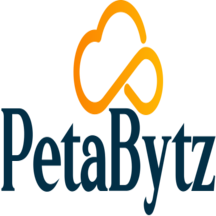 |
PetaMigrate: 3-Day Workshop: Learn about PetaBytz’s cloud adoption framework in this workshop, which will include an assessment of your organization’s IT landscape and guidance for a migration to Microsoft Azure. PetaBytz can enable you to adopt Azure services with minimal downtime.
|
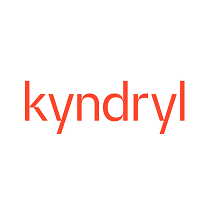 |
Power Move to Azure with Skytap: Using Skytap, Kyndryl will migrate your IBM AIX Power workloads to Microsoft Azure. Kyndryl provides production-ready preintegrated offerings that cover all transformation needs: strategy, development, migration, modernization, and management.
|
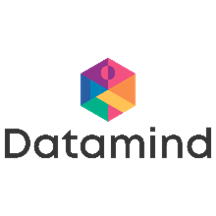 |
Predictive Order Management System: 8-Week Implementation: Having a lean, efficient supply chain is vital for manufacturing, distribution, or retail businesses. In this engagement, Datamind will implement an AI-based predictive order management system to improve your supply chain efficiency and deliver daily order recommendations.
|
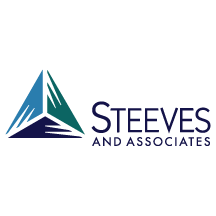 |
Privileged Identity Management Jump-Start: Steeves and Associates will discuss the Privileged Identity Management service of Azure Active Directory, determine your company’s business and technical objectives, deliver a workshop to plot out an implementation, and conduct an IT operations training.
|
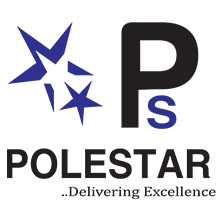 |
Sales Forecasting Implementation: Using Microsoft Power BI dashboards and data engineering with Python and Azure Data Factory, Polestar will forecast your sales over a specified period of time. This implementation is appropriate for retail stores, consumer packaged goods companies, or insurance agents.
|
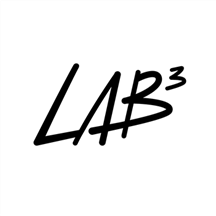 |
Secure App and Internet Gateway: 6-Week Implementation: LAB3 will deploy a secure internet gateway in your tenant to provide round-the-clock visibility and threat management that meets the protection standards of the Infosec Registered Assessors Program (IRAP). IRAP is governed and administered by the Australian Cyber Security Centre.
|
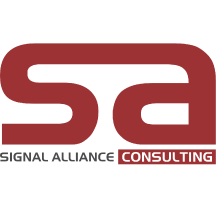 |
Shield One Managed Security Service (1 Year): Get a bird’s-eye view of your cybersecurity with the security information and event management capabilities of Microsoft Sentinel. Signal Alliance can connect your Microsoft 365 suite and all other security tools to its Shield One managed service. This will provide continual monitoring and incident response for your enterprise platforms.
|
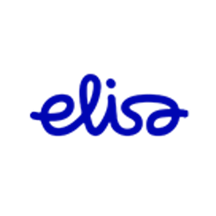 |
Well-Architected: Public Cloud Security Posture Workshop: Elisa’s experts will introduce the security posture management and workload protection capabilities of Microsoft Defender for Cloud. You’ll later get an assessment of your public cloud security, followed by recommendations. Continuous posture monitoring by Elisa is available as an option.
|
Contact our partners
|
|---|
9A Connected Factory & Insights |
App Modernization Assessment
|
Aquila Clouds FinOps
|
Aruba EdgeConnect Enterprise in Azure Virtual WAN
|
Automate Information Extraction from Images/Videos Using AI
|
Azure and Microsoft 365 License Consultancy: 4-Day Assessment
|
Azure Arc Hybrid Managed Services
|
Azure Assessment from Ascend
|
Azure Boards: 1-Hour Briefing
|
Azure DevOps: 1-Week Assessment
|
Azure Virtual Desktop: 3-Day Assessment
|
CB Blockchain Seal for SharePoint
|
Cerberus – Domain Analysis: 3-Month Assessment
|
Cerberus Strategic Assessment
|
Cloud Migration Readiness: 2-Week Assessment
|
Cloud Readiness Briefing
|
Cortex EIP Version 1.2.311
|
Custom Software Development: 2-Day Assessment
|
Cymmetri Platform
|
Data Modernization Discovery: 3-Day Assessment
|
DeepSense
|
delphai for M&A
|
delphai for Sales
|
EasyGov: Delivering Convenience & Transforming Governance
|
Ecosystem Intelligence
|
Enow’s Monitoring and Reporting for Microsoft 365
|
Exodus EMM Migration to Microsoft Intune
|
Eyeglass: Disaster Recovery Automation
|
Feelix: AI-Based Chronic Disease Management System
|
FlowFit
|
Fusion Analytics v16.5
|
Kontent.ai
|
Lizard Uni Bot
|
Managed Service and Shared SBC for Microsoft Teams
|
Move to Azure: 1-Week Assessment
|
NebulaGraph Enterprise
|
Noibit’s Managed Service for Microsoft Sentinel
|
Pavement Express
|
Power Finance: 1-Week Assessment
|
Predictive Safety Fatigue Management System
|
Sirus NGSI-LD Context Broker Web App
|
Software & Cloud Economics Assessment
|
Springboard: Infrastructure-as-Code Framework for Azure
|
TCS Envirozone
|
Tetrate Istio Distribution
|
Unified Customer Intelligence |
Verizon 5G Edge |
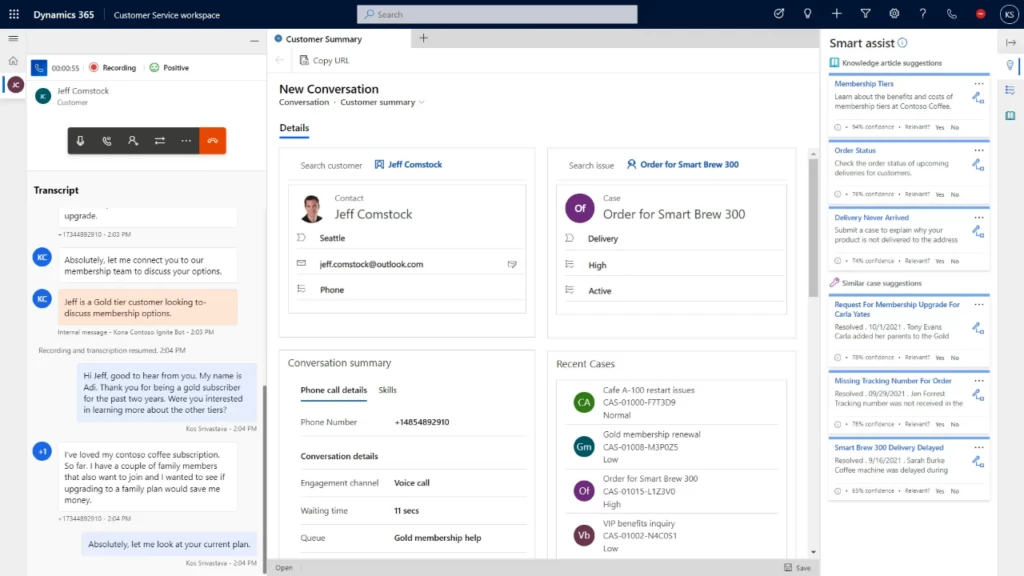


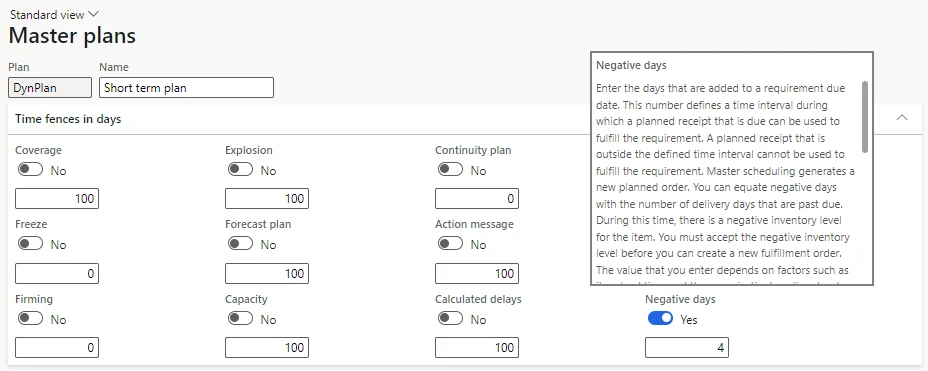
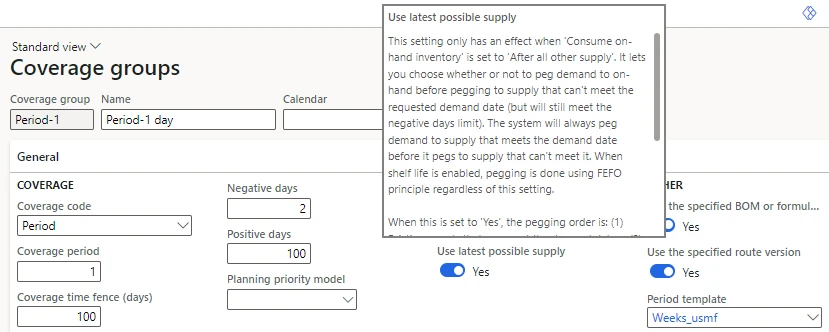
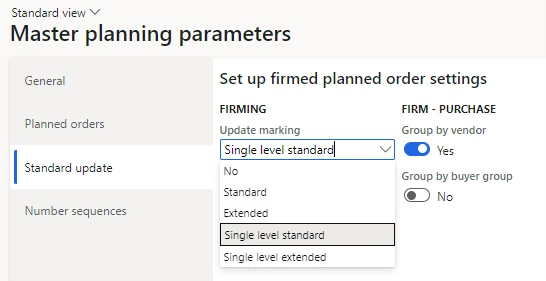
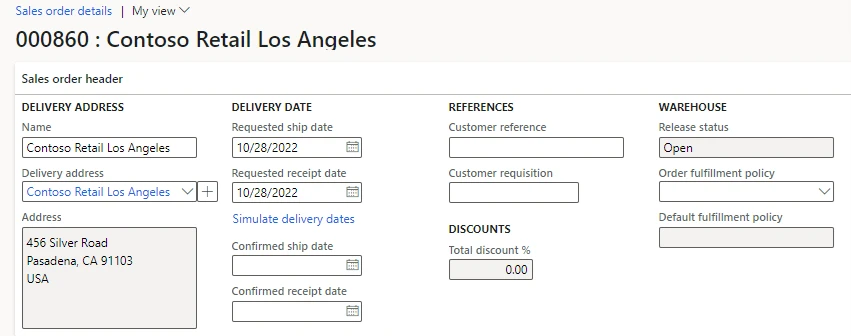
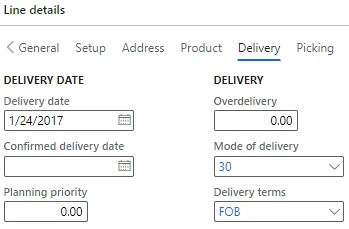
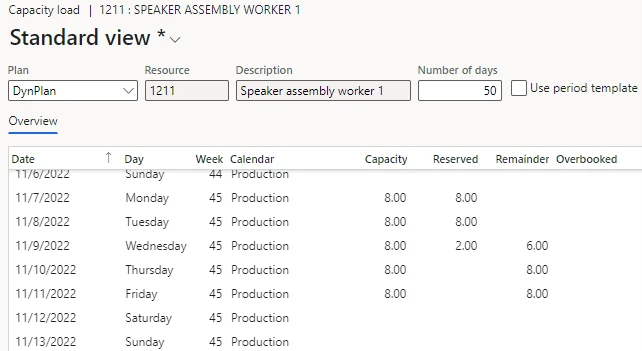







Recent Comments